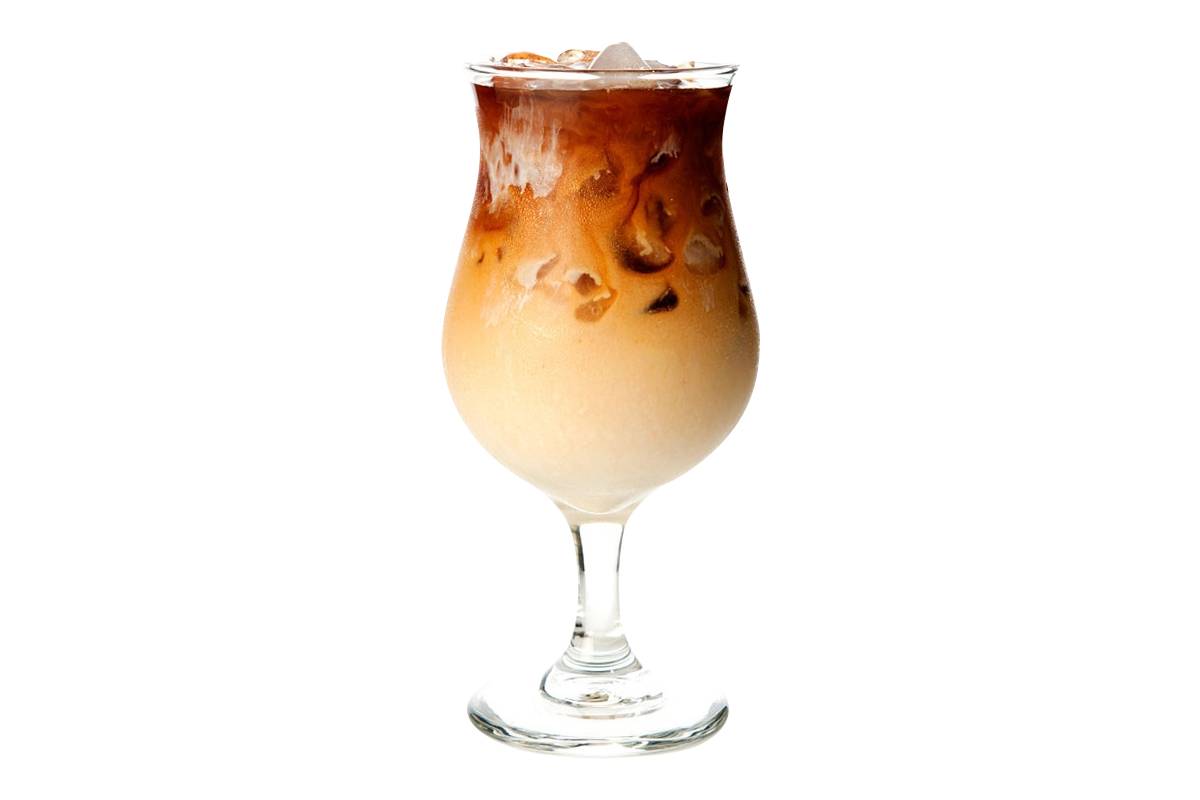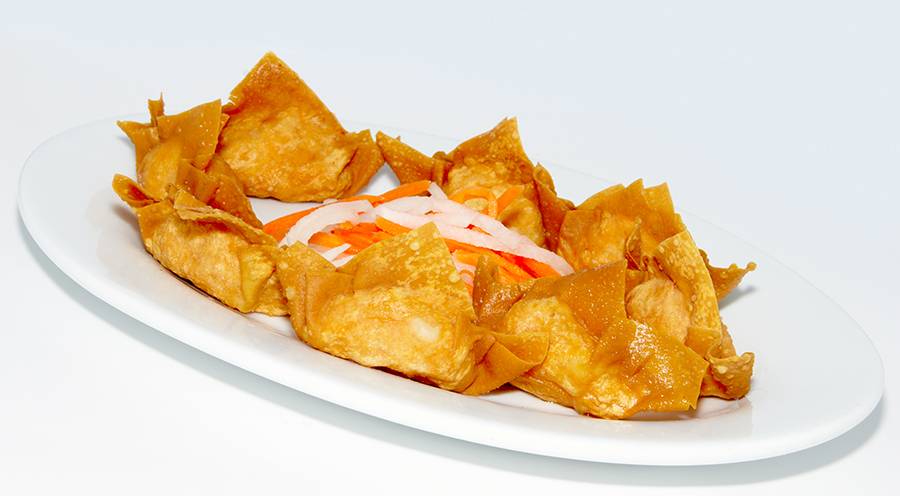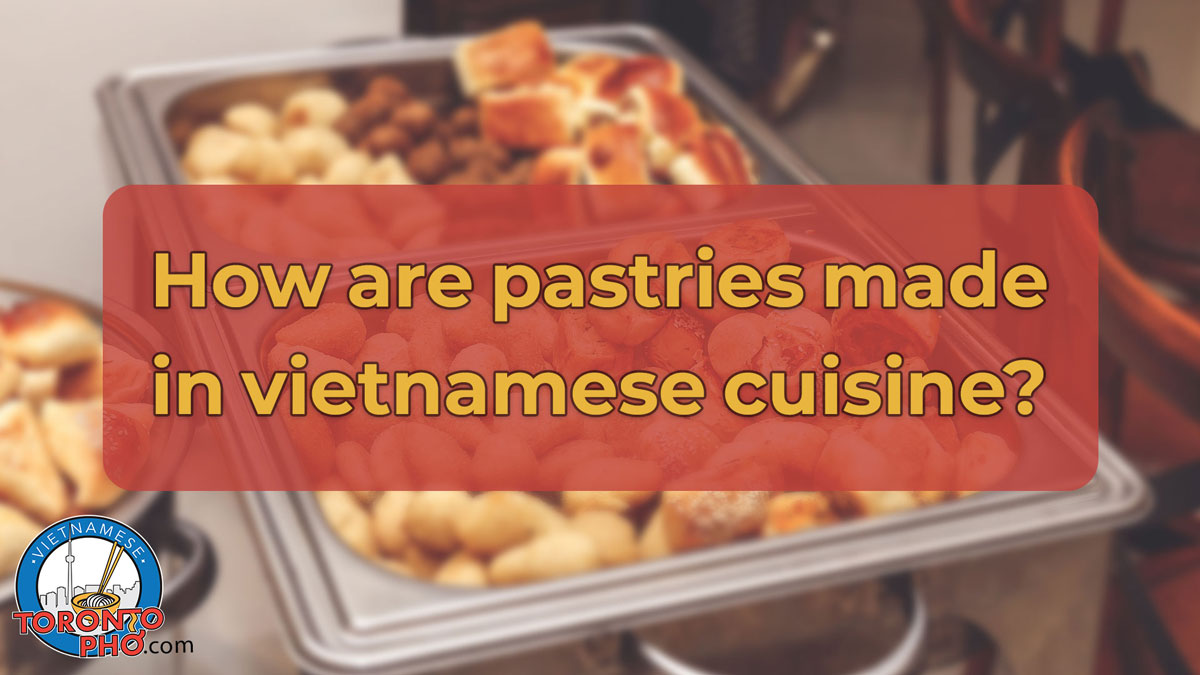
Like many cuisines worldwide, the traditions of Vietnamese cooking extend into baked goods, pastries, and cakes. How we prepare Vietnamese pastries is so much different from North American methods.
A lot of pastries are wrapped in leaves, including bamboo and banana, and then boiled or steamed. Banh chung, also known as square cake, is perhaps one of Vietnam’s most famous pastry dishes. There are many others though, including several offered during celebrations like Vietnamese New Year. From the influence of French colonial-inspired cooking to indigenous Vietnamese ingredients, here’s how the most famous Vietnamese pastries are made.
Banh khoai mi
Banh khoai mi is a Vietnamese cake that’s a combination of cassava, sugar, and coconut milk, with a minimum amount of salt. Though banh khoai mi can be steamed, it is most often baked. Some people mistake a similar cake ‘taro’ as being banh khoai mi but they’re two different desserts. That said, what it is similar to is a cassava cake which is popular in Filipino cuisine. A primary difference between them is cassava cake has a top layer of custard and uses milk. You won’t find either in banh khoai mi.
Read more: How Are Pastries Made in Vietnamese Cuisine – read here!
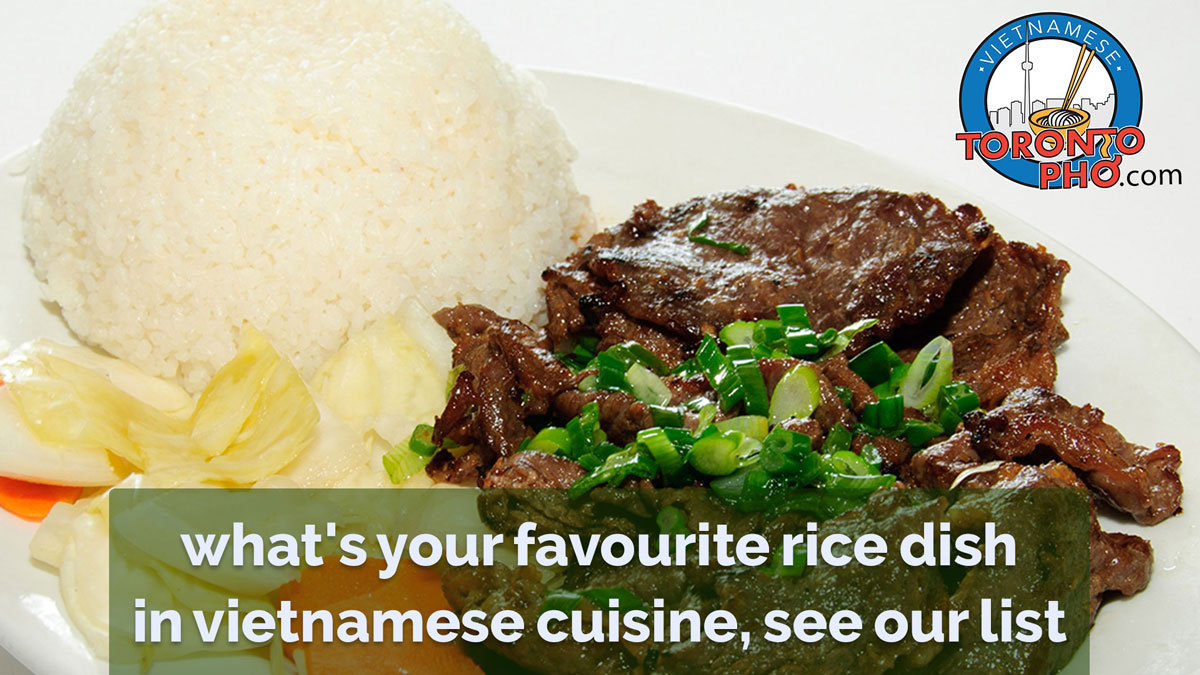
Could we do Vietnamese eating without rice – probably not! Like other Asian cuisines, rice has proven to be an invaluable carb in the history of cooking Vietnamese. In fact, rice has kept our families alive through famines and some very tough times over the course of centuries. The country’s many farmers highly value rice as a crop and to this day, it’s a preferred meal to families.
Although perfectly tasty and nutritious plain, rice in Vietnamese cuisine is usually prepared with herbs or combined with meats, vegetables, and more. You will find a dozen very common rice dishes in Vietnamese cooking, each with their own unique flavor profile and tastes to delight in. Here’s some of our favourite rice dishes and ones that are worth taking a chance on if you’re unfamiliar with this style of cuisine.
Thit ko
Thit ko is a traditional Vietnamese family dish made from fish or pork that gets cooked in a clay pot. Once cooked, it is served with a sweet and sour soup known as canh chua. Thit ko is a favourite rice dish from generations ago but is usually forgotten about over more popular alternatives.
Read more: What’s Your Favourite Rice Dish in Vietnamese Cuisine – see our list!

The distinct regional flavors of Vietnamese cuisine have made it a global trend to watch in the new decade. In Toronto, we are blessed with several Vietnamese restaurants – none the more accomplished than TorontoPHO. Though widely known for having Toronto’s best pho, the restaurant serves plenty of other tasty foods in the scope of Vietnam’s cuisine.
For Instagram foodies in Toronto, fans of healthy world cuisines, and/or any Torontonians looking to get closer to fresh Vietnamese foods, here are 7 of our favourite menu items you can find exclusively at TorontoPHO. Here’s the ultimate guide to deliciousness straight from our collection of family recipes that have been passed down generation to generation.
Spring rolls
Spring rolls are Vietnamese cuisine’s favourite appetizer. You can choose from fresh rolls or fried. Fried is more common to dinner and is usually avoided by those looking to stick with a predominantly healthy diet. A fried roll is built slightly different, usually with a mix of shredded vegetables and protein. Comparatively, in a fresh spring roll, you have larger pieces of meat, herbs are fresher and fuller in taste, and they pack in more veggies with less fat than the alternative.
Read more: 7 Must-Taste Items On Your Tour of Vietnamese Cuisine – A Guide for Toronto Foodies
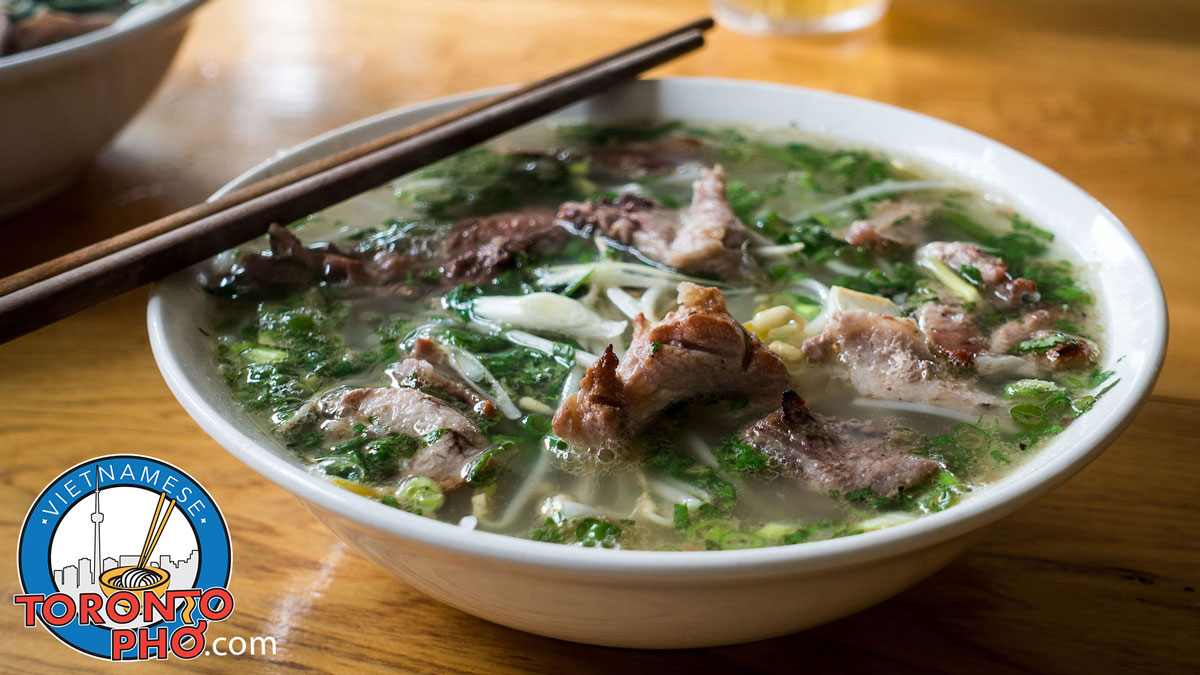
Pho is Vietnam’s most popular soup. Brought to North America, you’ll find restaurants like TorontoPHO who hinge their entire reputation on crafting premiere, high quality, authentically prepared pho.
Even so, pho is far from the only soup out there in the scope of Vietnamese cooking. Moving outside of the limitations of noodle-type soups, you’ll find a short list of some pretty tasty Vietnamese soups and congees.
Lau
Lau, otherwise referred to as Vietnamese hot pot, is a spicier version of Vietnamese sour soup. Inside lau are assorted vegetables, meats, seafood, and some of Vietnam’s spiciest herbs. This meal’s a great example of where Thai cuisine sometimes intermingles with the less spicy Vietnamese cuisine. Lau is a common meal to celebrations like Lunar New Year. Traditionally, meals like lau are cooked right at the dinner table, employing a simmering hot pot.
Bo kho
Bo kho is a beef stew usually served with carrots. There’s also toasted bread and sometimes noodles made of rice included. What’s comparable in Canadian culture is a pot-roasted beef stew. In a sense, all bo kho is is a Vietnamese pot roasted beef stew. Bo kho leans a little on traditional Vietnamese spices, herbs, and methods of preparation common to the cuisine. Additional ingredients can include elements of egg, soy sauce, and five spice powder.
Read more: What Soups and Congees Are There in Vietnamese Cuisine Other Than Pho – see the List!
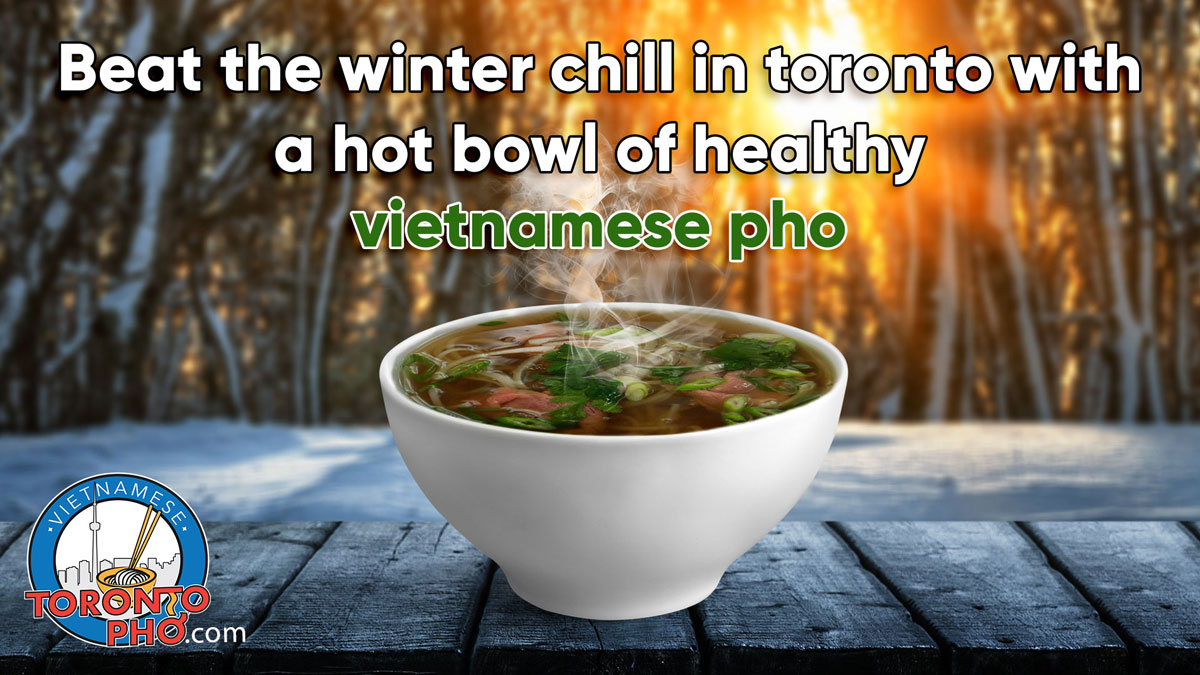
Winter’s coming in fast. What’s a Torontonian to do when the city’s plunged in a stormy chill – you’ve got to keep warm. If you have commuting to do on a particularly cold day, it can be challenging. While you’re out and about, grabbing a bowl of Vietnamese pho can be a kind solution for winter’s worst.
What is pho?
Pho originated in Vietnam roughly a century ago, as a mix of traditional Vietnamese cuisine alongside French colonial influences. These days, pho is one of Vietnam’s most popular street foods and has traversed the globe in recipes shared by immigrants in family homes and restaurants. Pho can be eaten for breakfast, lunch, or dinner, which makes it the perfect meal come winter. It’s hot, healthy, filled with herbs, and will keep you warm throughout your travels.
Do you have to eat pho with chopsticks?
You may notice at your local TorontoPHO restaurant that some diners are enjoying a bowl with chopsticks. This doesn’t mean you have to do the same. Pho in Vietnamese culture is in fact traditionally served with both chopsticks and a spoon. There aren’t any rules about how pho’s expected to be eaten and you certainly won’t offend anyone if you go straight to the spoon. Pho’s something that’s meant to be enjoyed by all, not as a food that divides people.
Read more: Beat the Winter Chill in Toronto with a Hot Bowl of Healthy Vietnamese Pho!
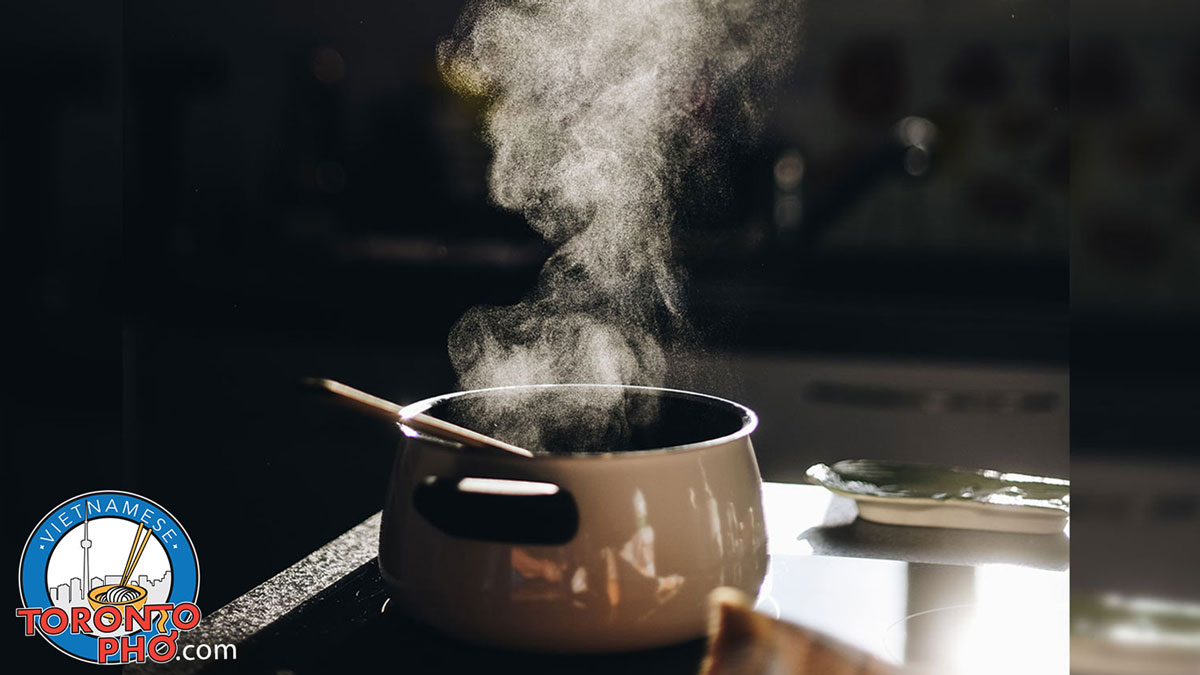
For families, Vietnamese cooking is perfect. Most often, the food comes to the table in generous portions and with leftovers being common. No one goes hungry when you are at the table of a Vietnamese meal.
A lot of chefs, consumers, and families unfamiliar with Vietnamese cuisine may be wondering about how to cook and present it. Though there are many, many areas where a family can personalize the recipe to their tastes, there are a number of characteristics that in large part do not change. Here’s everything you need to know about how to cook Vietnamese food for your family.
Lots of vegetables
Vietnamese cooking is hardly vegan or vegetarian but it does warrant a lot of attention for its inclusion of vegetables. In fact, the largest food group or food type in most meals within Vietnamese cuisine are vegetables. They make up a huge portion of this diet which may be in part why it’s considered one of the healthiest ethnic cuisines in the world.
Read more: How to Cook Vietnamese Food for Your Family, As Told by a Vietnamese Chef
More Articles ...
- 19 Vietnamese Noodle Dishes that come Fresh, Delicious, and Packed with Nutrients
- What is the Healthiest Vietnamese Food You Can Find in Toronto – read here!
- What Food and Meals are Eaten on Vietnamese Lunar New Year – read here!
- What is the Most Popular Vietnamese Food in Canada for 2019 – See the List!
Page 34 of 53

